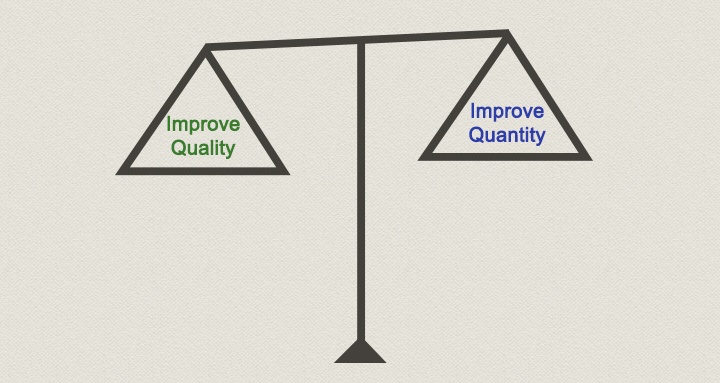Deep Drawn: Improving Quality and Quantity
Deep Drawn: Improving Quality and Quantity
February 18, 2016

The deep drawn manufacture of components is unique in its overall adaptability. Few people who look at the barrel of an expensive pen realize that this was probably deep drawn and not machined or formed from tube. The technology goes much further in that all sorts of products can be made using deep drawing processes and finished part quality is high. As with any pressing operation, production volumes are high and unit costs low.
Deep Drawing and Other Manufacturing Methods
Traditionally, parts were machined from solid cylindrical blanks or from specially prepared tubing. If the part shape is complex, machining is the preferred process as the part can be turned to suit almost any requirements. However, options for the internal part profile are limited by boring constraints, and the minimum achievable wall thickness is constrained by the risk of distortion or tearing. If the part is made from tubing, a separate end cap is often required.
Additional operations such as notching, piercing and slotting are performed separately.
Deep drawing is an advanced adaption of metal stamping and is capable of forming parts with a length that is considerably greater than the part diameter. Parts are progressively drawn using successive dies to encourage material flow and to avoid thinning or tearing of the material. The dies are mounted together on one press, and transfer systems automatically move components from one die to the next. Additional operations such as piercing, slotting and beading can be incorporated within the tooling.
Quality Benefits of Deep Drawing
The off-tool finish of a deep drawn part is excellent, and in many instances no further processing is required. Surface finish depends upon tool surface finish, press speed and the selection of suitable lubricants, and further polishing is rarely required.
In comparison, machined parts need to be burnished, polished, ground or to be finished off with very fine machining to achieve the same quality.
Deep drawn parts are naturally work hardened so they are strong. Their internal and external shapes are essentially the same, and the final wall thicknesses that are achievable can be as little as seven-thousandths of an inch. Parts are light yet strong, with hardly any material wastage.
Deep drawing produces parts to exacting and repeatable tolerances even from batch to batch without the need for continual tool resetting and sharpening. It is also excellent for hard-to-machine materials such as copper, aluminum and silver.
Higher Production Volumes from Deep Drawing
A key advantage that deep drawn manufacturing has over other more labor intensive manufacturing methods is that production volumes are much higher than achieved by other process.
Although production quantity is determined by press speeds and that the automated transfer of blanks from one die to the next takes a finite amount of time, deep drawn presses are capable of achieving production volumes of over two thousand parts per hour. Unit labor costs are low and the individual cost of deep drawn parts is very competitive.
In comparison, even with the best CNC machines it will be difficult to machine more than two parts a minute, and subsequent operations such as welding end caps, deburring, polishing, notching and piercing all add to the overall time and cost required to manufacture the parts.
Is Deep Drawing Your Answer?
The deep drawn manufacture of cylindrical parts offers numerous advantages over other manufacturing processes. The process is capable of repeatedly producing high quality parts that are light, have an excellent strength-to-weight ratio and which require minimal finishing. Besides this, production volumes are significantly higher than are achievable with alternative manufacturing process and costs are lower.


